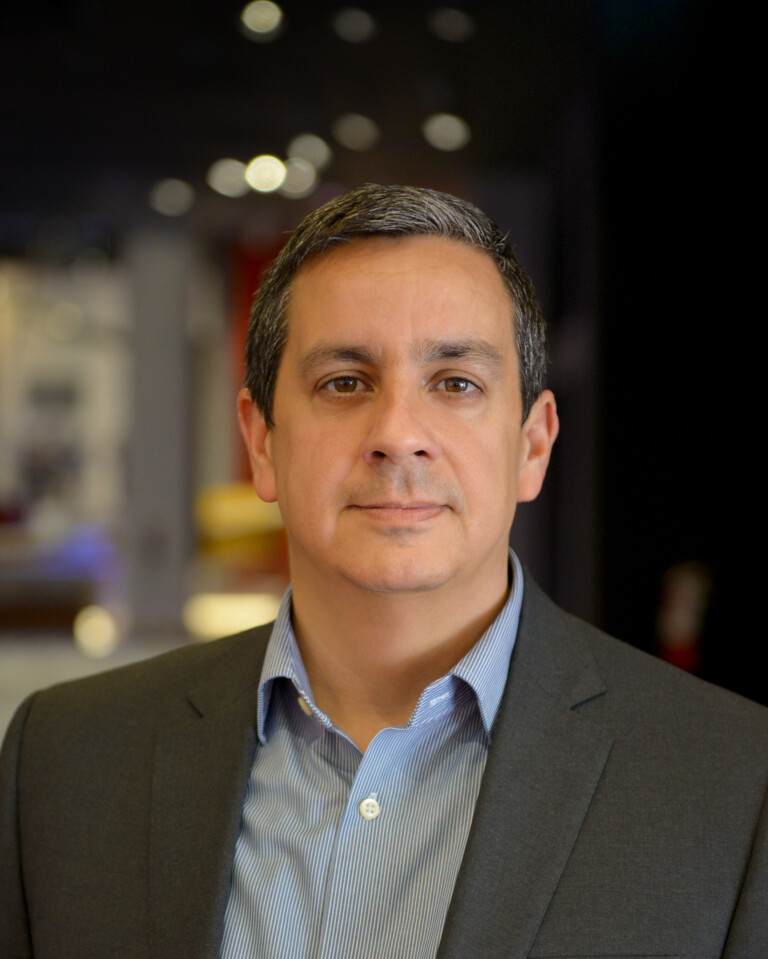Jorge Zamanillo is the founding director of the Smithsonian’s National Museum of the American Latino, which Congress established in December 2020. While the Smithsonian evaluates possible locations for the new institution, Zamanillo is providing leadership and strategic direction. In addition, he is steering the museum’s plan to preserve, document, display, interpret and promote knowledge of US Latino history, art and culture. Zamanillo and museum staff are integrating and building on programmes previously overseen by the Smithsonian Latino Center and working on new museum collaborations, digital resources, exhibitions and fundraising.
“It is an honor to be chosen to lead the development of this museum as the founding director,” Zamanillo said. “The Latino experience is American history, and I want to make sure our story will be preserved for future generations. This museum will celebrate Latino accomplishments and resiliency through powerful stories that capture the adversity faced over centuries by Latinos in the US and their perseverance to move forward and create a legacy.”
In June 2022, the new museum opened the Molina Family Latino Gallery, its first gallery for Latino history and culture, at the National Museum of American History. “It will take 10 to 12 years to open a museum building, but the gallery gives the public a preview of the museum’s potential,” said Zamanillo.
Before joining the Smithsonian, Zamanillo was executive director and CEO of HistoryMiami Museum. In this role, he managed the daily operations and led a $45m expansion project that more than doubled the size of the museum. Before joining HistoryMiami Museum, Zamanillo was an archaeologist at the non-profit cultural resource management firm Archaeological and Historical Conservancy in Miami. He currently serves as the vice chair and board member of the American Alliance of Museums.
“Jorge’s accomplishments at HistoryMiami Museum highlight his commitment to exploring the full sweep of the American story by bringing to life the complex and profound narratives of Latinos in the United States,” said Smithsonian secretary Lonnie Bunch. “His transformational leadership will be invaluable as we build this necessary museum from the ground up, helping us create a robust, dynamic, responsive museum that exemplifies what a 21st-century cultural institution should be.”
